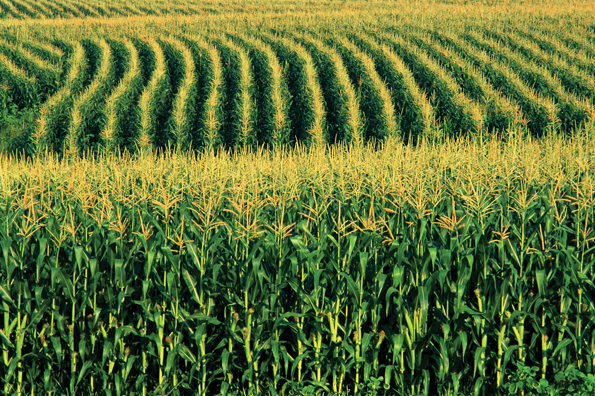Nebraska Extension Blog by Jenny Brhel
Compost Extracts Part 2
With Memorial Day this weekend, grateful for all those who gave the ultimate sacrifice for our freedom and to the families left behind.
Last week, I shared some information on compost extracts. Click here for last week’s Part 1 Compost Extracts. Curt Arens, editor of Nebraska Farmer magazine, responded, sharing an article he wrote about a group in northeast NE working with compost extracts: farmprogess
The “why” behind using compost extracts is to build a diversity of locally grown biology. The goal is to reduce synthetic nitrogen and other nutrients on their farms by allowing the biology to process the currently unavailable nutrients in the soils. The hope is to also increase microbial activity to naturally ward off insect and pathogen pests, to reduce chemicals in the system.
The extraction process of removing the microbes from the compost has been done in a number of ways. One farmer used 5-gallon buckets of compost, paint screens, water in a stock tank, and an air hose to agitate. I’ve seen other farmers agitate and screen 5-gallon buckets of compost various ways into cleaned-out plastic totes or cone-bottom tanks. Extraction equipment can also be purchased. It does take time and is often made the morning or night before planting and/or foliar application.
A tool I use more often is my microscope. Until a few years ago, I never thought to look at soil under my microscope; it takes practice and time. It’s opened my eyes to a whole new world of understanding and questions. With the compost extracts, I’ve seen great diversity: bacteria are common, but also fungal spores, amoebas (protists), and nematodes. I’ve learned by dunking seeds and looking at how chemical seed treatments interact and don’t interact with biology. I’ve looked at various products from a jug. I’ve dunked roots of young seedlings. It’s incredible how some biological products provide much life to the roots with microbial diversity, while also viewing how chemical seed treatments did their job and the minimal associations with microbes formed. It’s a tool that I think more farmers would find helpful if time was scheduled to observe and learn.
The on-farm research studies with compost extracts were complicated, including various nitrogen rates. So, I will share highlights, and you can view the full reports beginning on page 162 of the 2024 on-farm research book.
Seward Study 1 (pg 171): In this 3-year study, the grower had two years of corn and one year of soybeans with a Check treatment, compost extract treatments, and Pivot Bio (in the corn years) on the same strips. In 2022, there were no yield differences between the Check and the two compost extract + 106 lb N/ac nitrogen rates. In 2023, there were no yield differences for any of the treatments in spite higher and lower N rates. In 2024, there was no yield difference between the Check and Johnson Su compost extract areas. Encouraging is no lower yield with the reduced N and compost extracts.
York Study 2 (pg 167): In this 2-year study, there were no yield differences between any treatments in 2023 in spite of a 20% reduced N rate. The grower questioned if he was going low enough with N, and in 2024, did a nitrogen ramp study with compost extract. There were no differences between the 190 lb N/ac full N rate, 120 lb N/ac reduced N rate, and 120 lb N/ac + compost extract. Analyzing just the 120 lb N/ac rate vs. 120 lb N/ac + compost extract resulted in a significant yield advantage to the compost extract, which was encouraging to the grower.
Lancaster Study 3 (163): In this non-irrigated study, nitrogen was the primary limiting factor amongst the treatments. The conclusion was biology needs moisture in the midst of drought.



































